If you are a novice thermal imaging camera and are worried about how to choose a thermal camera? Don’t know how to judge the quality of a thermal imager? The following content will teach you 9 parameters as a reference to help you buy thermal cameras with reliable quality.
9 Parameters to Help You Judge The Quality of Thermal Cameras
The quality of a thermal imaging camera is mainly determined by the following 9 parameters. Fully understanding the parameters of thermal imaging cameras can help you clarify your goals and quickly select a thermal camera that suits your needs.
1: Resolution
The detector in a thermal imaging camera is the key component that captures the infrared radiation emitted by an object and converts it into an electrical signal. Secondly, the detector resolution of the thermal imager is not only the core indicator of clarity but also a key factor in determining the final imaging effect.
Higher resolutions produce clearer images, provide higher detail processing, and allow for accurate imaging at longer distances. Purchase and maintenance costs are also higher. The following table details the classification and application range of thermal imager resolution levels.

When choosing the resolution of a thermal imager, you should consider the smallest details you need to detect. If only heat changes over a larger area need to be detected, a lower resolution will suffice.

2: Thermal sensitivity
Determines the minimum temperature difference, expressed in millikelvin (mK), that the thermal imaging camera can detect. The smaller the NETD value, the higher the sensitivity to temperature differences. Able to detect a wider range of temperature differences and display more color spectrums on the display. Among them, NETD is explained in detail in the MDPI journal.
3: Spectral range
Spectral range determines the range of wavelengths, expressed in microns, that a thermal vision camera can detect and measure. The shorter the wavelength, the more accurate the temperature measurement.
4: Measurement range and accuracy
The measuring range refers to the lowest and highest temperature that the thermal imaging camera can accurately measure. Accuracy is typically expressed as a percentage of reading or a fixed temperature interval and is critical for applications requiring precise temperature measurements. (e.g. medical and industrial process testing)
5: Frame rate
The frame rate of a thermal vision camera is expressed in Hertz (Hz) and indicates how many images the camera can capture per second. Capturing fast-moving objects or temperature changes requires higher frame rates. For example, thermal imaging cameras used in animal research have relatively high frame rate requirements.
6: Lens selection
The lens determines the thermal camera's field of view, which is the area of the scene captured in the image. Wide-angle lenses provide a larger field of view, suitable for monitoring wide areas, while narrow-angle lenses provide a more focused field of view, ideal for detailed inspection of specific targets.
Some thermal imaging cameras support interchangeable lenses, allowing users to choose lenses with different characteristics based on specific application needs. This provides flexibility and versatility for thermal imaging.
7: Focus
Thermal imaging cameras may have fixed, manual, or automatic focus mechanisms. Manual focus allows precise control of focus, ideal for applications that require focusing on a specific object or area. Automatic alignment simplifies user operation and ensures consistent image quality.
8: Memory
The more storage space a thermal vision camera has, the more high-resolution images it can store. This ensures that users can capture more thermal images and retain data long-term for future analysis and reference. Avoid the trouble of frequently deleting data due to limited storage space.
KAIWEETS KTI-K01 touch screen thermal camera has a storage space of up to 16GB and supports real-time cloud storage via wifi. It can store more than 60,000 photos and has a 5-megapixel visible light camera that can work normally in dim spaces.
9: Palette
Having a sufficient number of high-quality, well-designed color palettes is conducive to meeting the needs and preferences of users in different scenarios. This further improves the accuracy of capturing and displaying thermal data.

The above content is a detailed explanation of the 9 parameters that beginners should focus on when choosing a thermal imaging camera. When you are making a purchase, you should consider the key factors based on your own needs.
If you have questions or better ideas, please leave a message below, KAIWEETS looks forward to interacting with you. If you want to know more about KAIWEETS thermal imaging cameras, you can visit the official website for a comprehensive understanding.

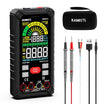
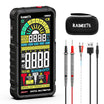
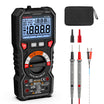
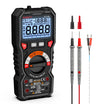
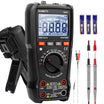
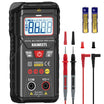
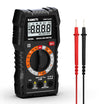
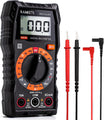
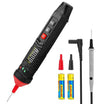
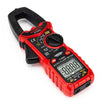
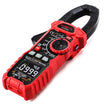
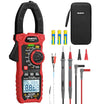
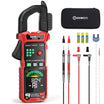
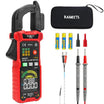
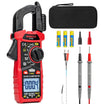
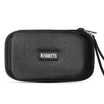
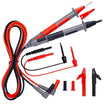
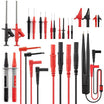
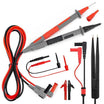
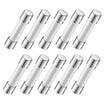
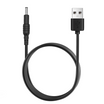
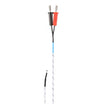
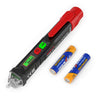
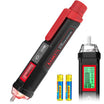
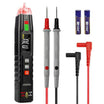
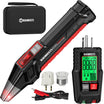
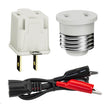
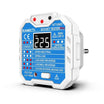
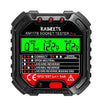
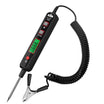
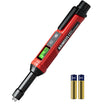
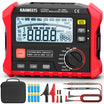
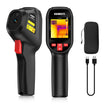
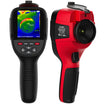
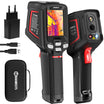
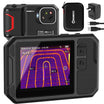
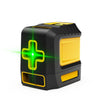
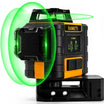
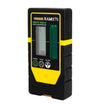
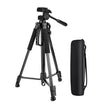
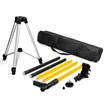
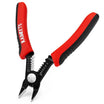
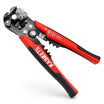
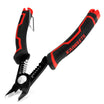
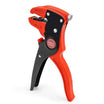
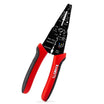
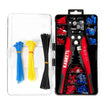
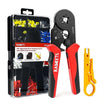
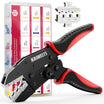
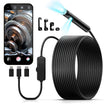
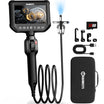
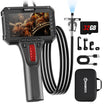
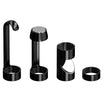
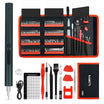
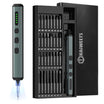
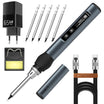
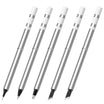
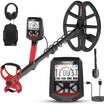
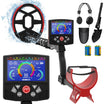
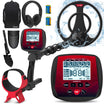
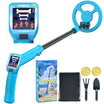
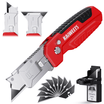

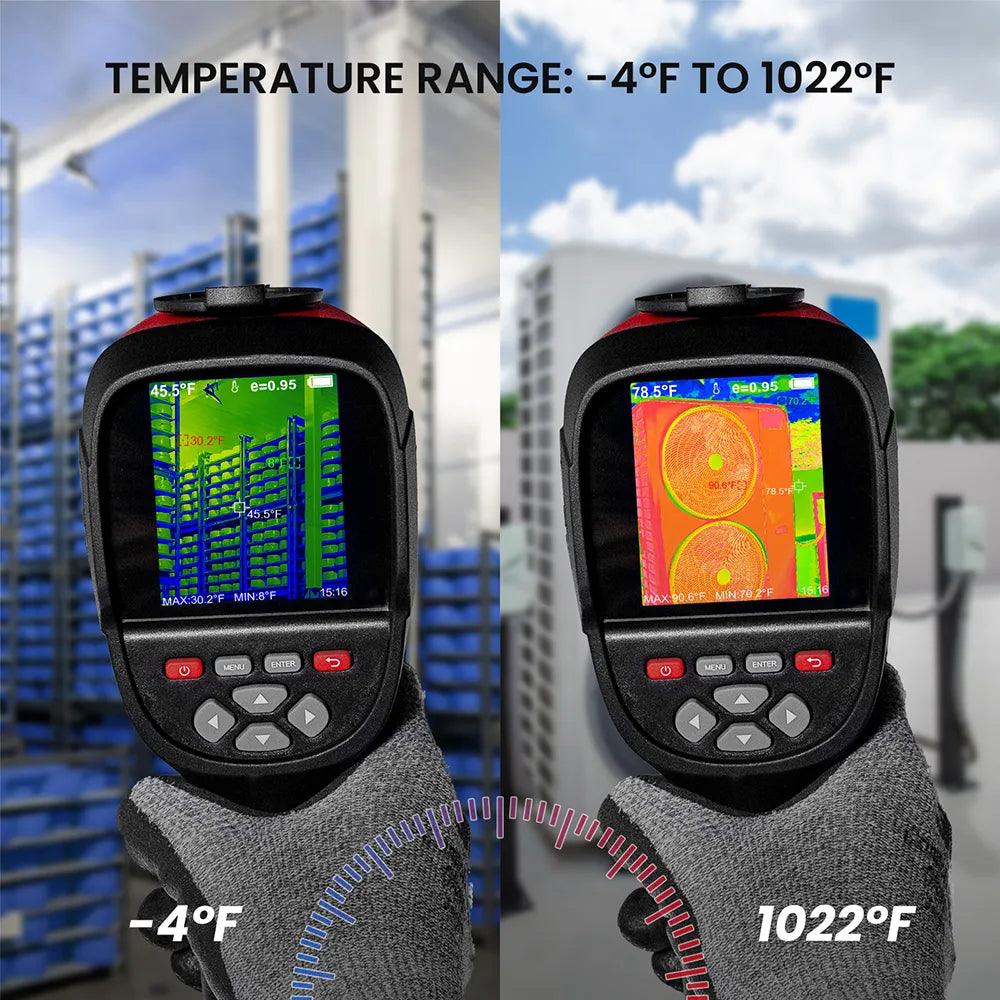
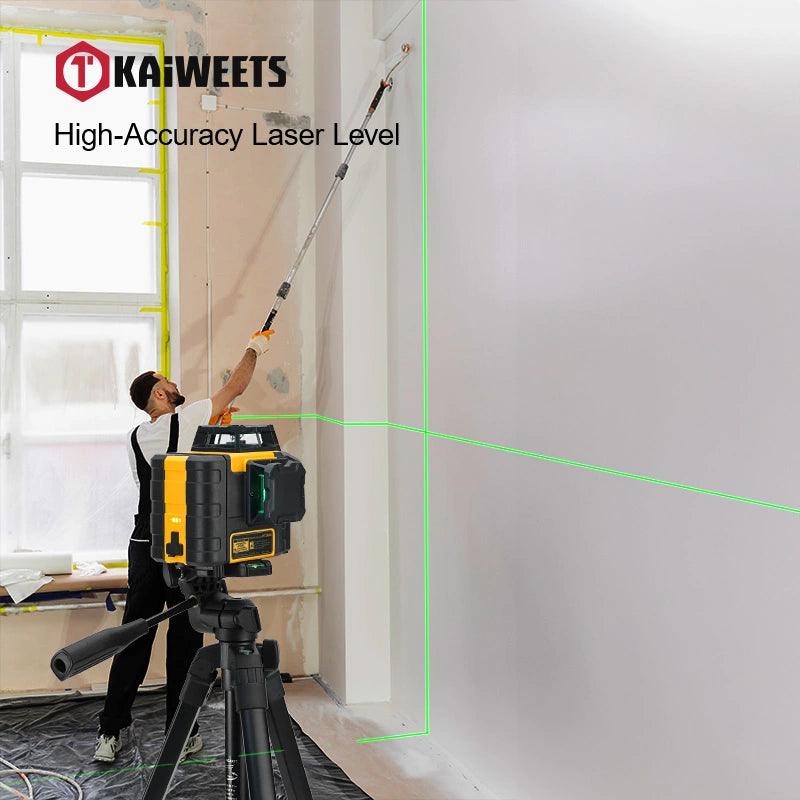
Commenta
Nota che i commenti devono essere approvati prima di essere pubblicati.
Questo sito è protetto da hCaptcha e applica le Norme sulla privacy e i Termini di servizio di hCaptcha.